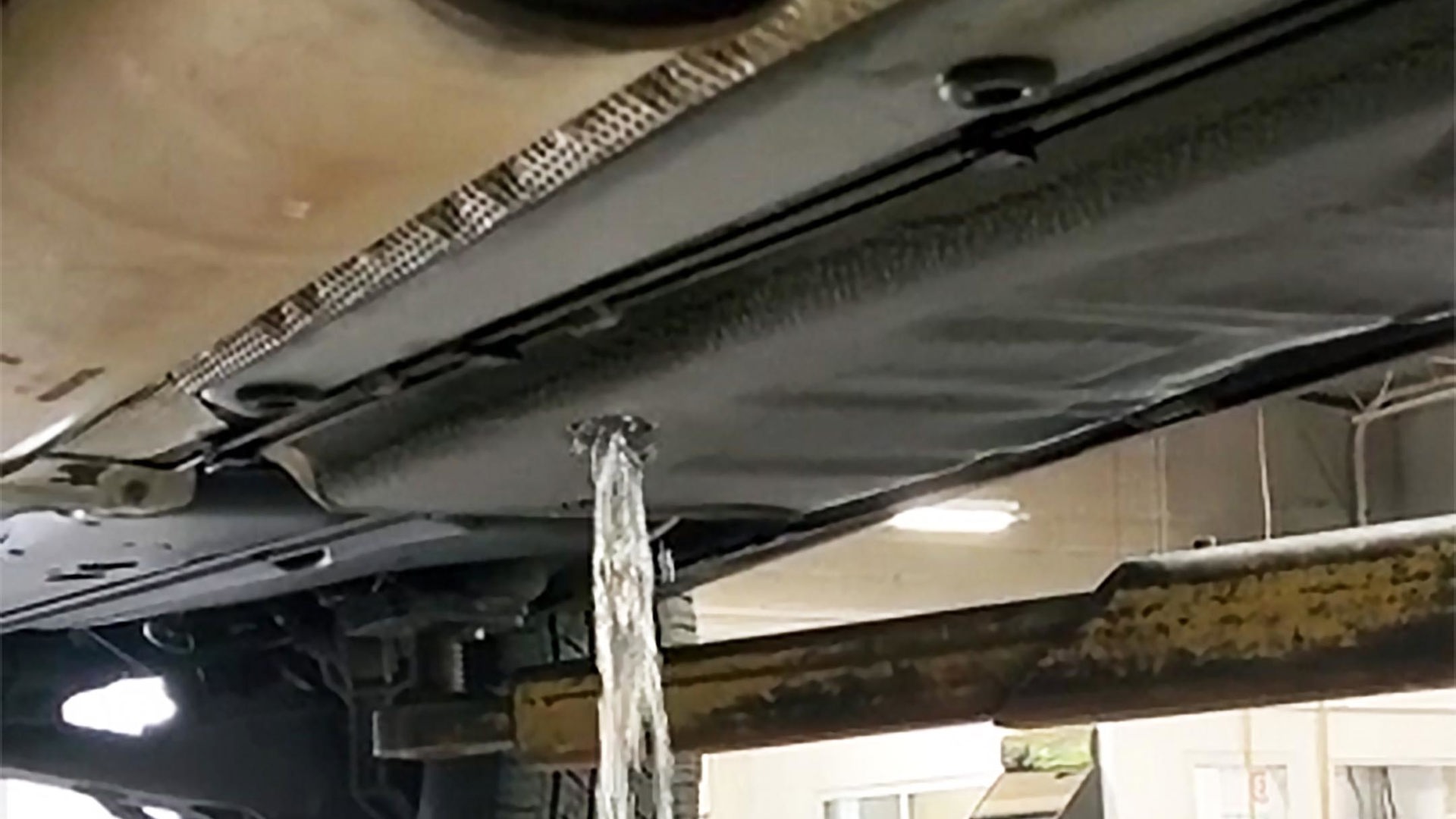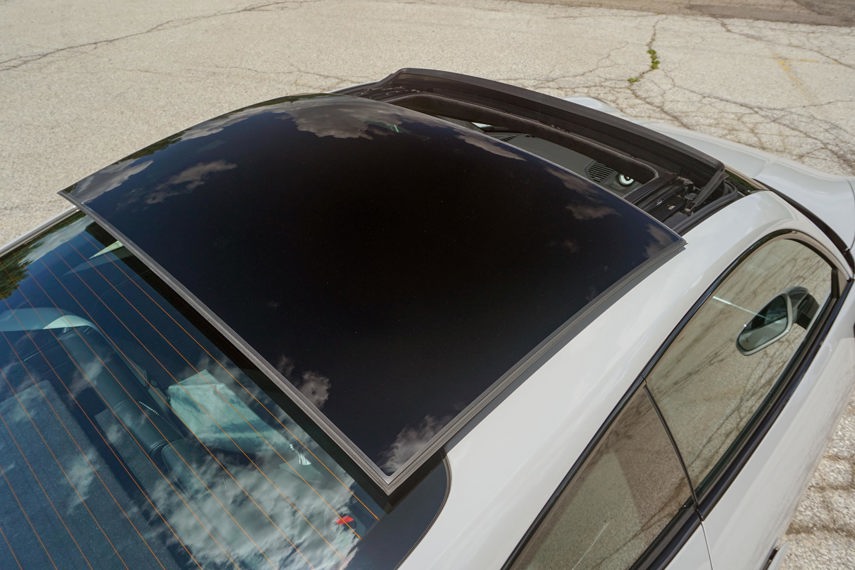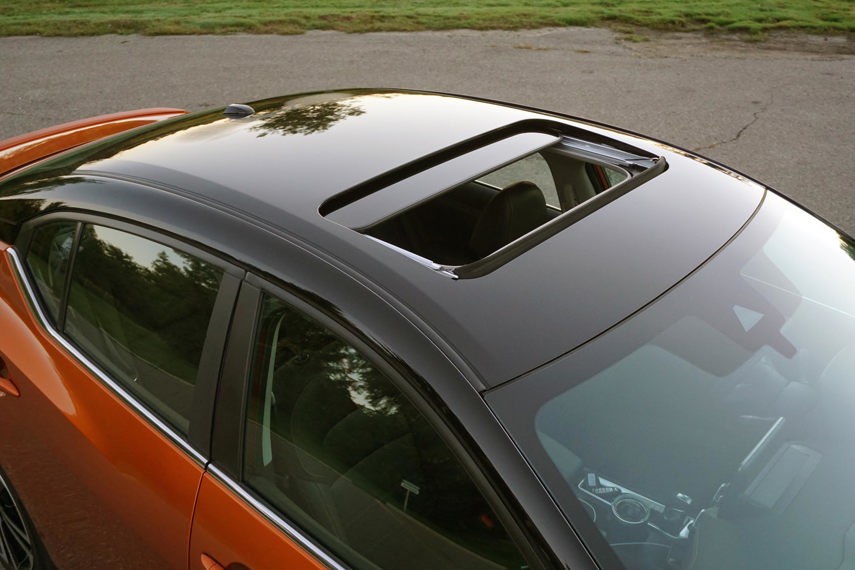If you’ve ever experienced the pain of accidentally leaving your sunroof open before an unexpected rainstorm rolls through, you’ll know the cleanup is possibly worse than the initial embarrassment of knowing you were at fault.
Extreme water damage to a vehicle interior can ring up a big repair bill, cause problems with electronics systems, and reduce vehicle safety, reliability, and resale value.
In this video posted to Reddit, we see the results of a massive amount of water being allowed to enter a vehicle via the sunroof.
With the drainage plug in the vehicle’s floor removed, the poster says water drained from the vehicle for as long as 10 minutes. That volume of water can do extensive damage to vehicle wiring, electronics, upholstery, and more – in addition to mould and mildew problems, corrosion, and the cost to repair (or replace) the vehicle depending on the extent of the damage.
But here’s the kicker: this driver’s sunroof was closed and the water entered the vehicle due to a failure of the sunroof’s drainage system.
A sunroof is just a window, but it’s the only window on your car that faces up, which means it’s the only window on your car where water can pool and collect. And while a lot of people would think the rubber gasket surrounding the sunroof should be enough to prevent a disaster, it doesn’t provide a perfect seal.
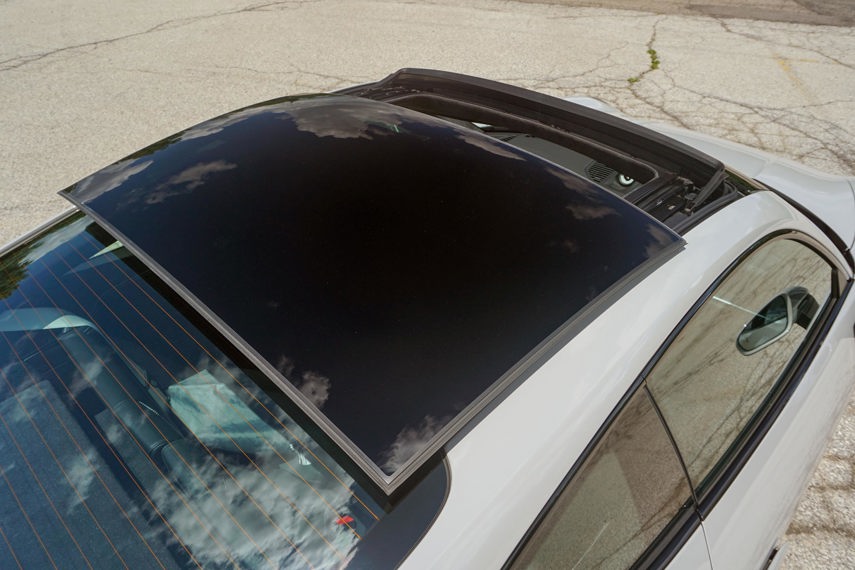
For those reasons, the opening that houses your sunroof has built-in gutters that direct water to built-in drainage tubes, routed through the vehicle’s body and to the ground below. When heavy rain seeps past the seals on the sunroof’s glass panel, it drips harmlessly into this built-in gutter, flows down the drainage tubes, and dribbles out onto the ground beneath the car.
It’s not unlike the overflow drain in a bathtub, another integrated drainage solution that works as a backup in situations where water would otherwise go where you don’t want it to. If you plug the tub drain and forget to turn off the faucet, any excess water drains automatically through a channel in the tub wall that’s connected to the drain instead of onto the bathroom floor. Similarly, your sunroof’s drainage system prevents flooding your car’s interior in heavy rain, since excess water drains away automatically through concealed tubes that route through the vehicle’s body and out to a drainage point below, usually in a wheel well.
That’s how it works if the system is working properly. If it’s not? You’re in for a soggy mess.
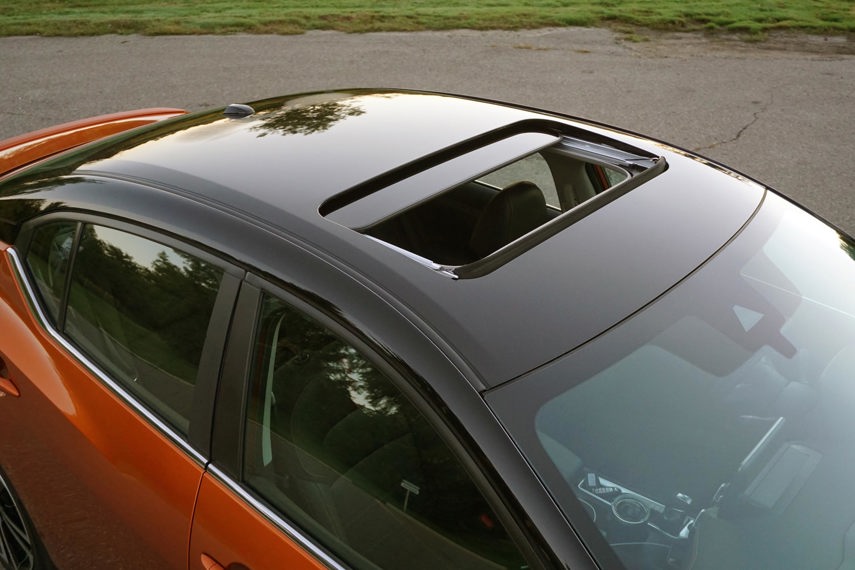
Over time, sunroof drains can become clogged with sand and dust, insects, foliage, and other debris. This causes the flow of water from your sunroof to slow down and eventually blocks it entirely. Now the drainage system is compromised, and excess water overflows the system, straight into your car or truck’s interior. In some situations, a sunroof drain tube may leak inside of the body of the car, causing water leaks in other areas.
To keep this from happening to you, a bit of preventative maintenance will be important. Once or twice a year, park on flat ground, open your sunroof, and pour some water carefully into the gutter around the opening. Make note of where the water drains to. This will typically reveal four drain holes, one at each corner of the sunroof opening.
As the water drains out each hole, you may hear a comical slurping sound. This slurping sound is a sign that the drain is healthy. Listen for it as water drains from each hole.
To clear the drainage tubes of clog-forming debris, just fish a piece of soft wire, weed-trimmer line, or thin plastic tubing through each hole. Working gently, wiggle the wire or cable through the hole, flushing with water as you go. You’re attempting to dislodge any gunk from inside the tube and flush it away.
Lesson learned? A few moments of your time and a dollar’s worth of plastic wire can save you thousands of dollars worth of soggy, mouldy headaches.
